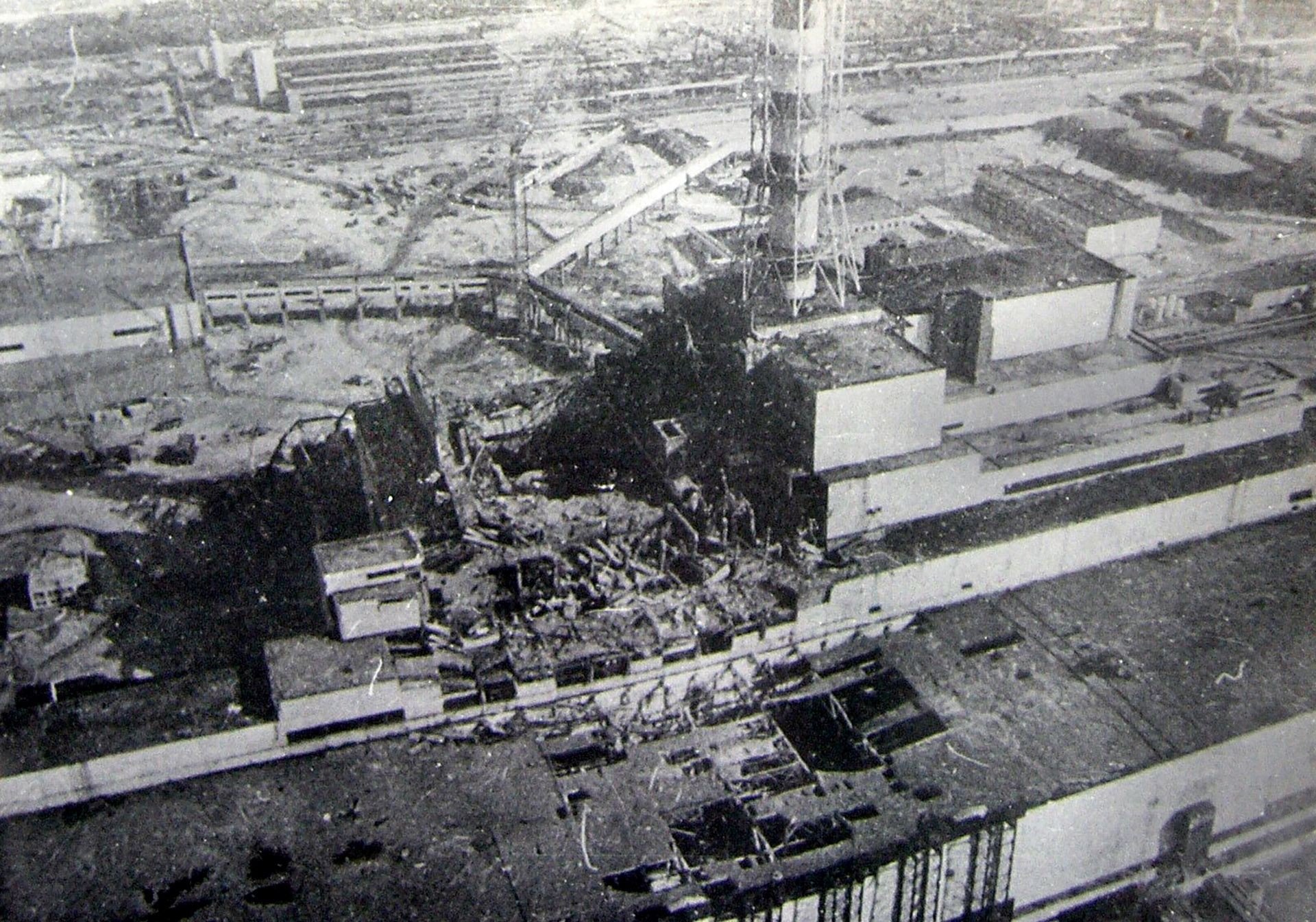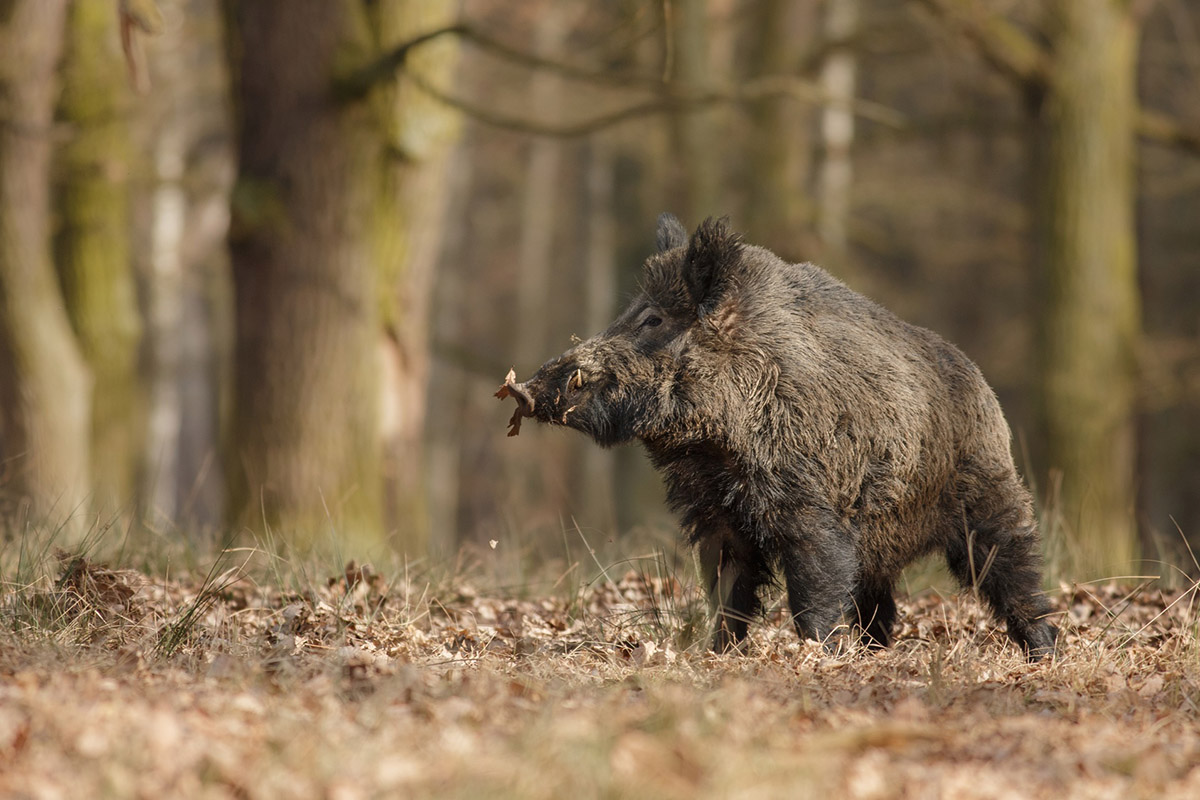
Chernobyl Disaster

Introduction
On April 26, 1986, one of the most massive, man-made disasters in history occurred. In an ancient town called Chernobyl in remote Eastern Europe, one of the reactors at a nuclear power plant exploded.
The radiation emitted from the explosion caused such devastation that more than 100,000 people needed to be evacuated from the area. The technicians working at the plant, and the firefighters who heroically rushed to the nuclear reactor, were exposed to such extreme levels of radiation that they died within just a few minutes. Other people nearby, their organs and bodily tissue severely impacted, died within weeks.
Hoping to learn from the accident, scientists are studying the ecosystems surrounding the power plant to understand more about the short and long term effects of the explosion. What they’ve found has been both surprising and controversial.
Immediate Impact
Following the explosion, a cloud of radioactive material covered the area. The toxic material caused substantial damage to the pine trees in the immediate area, and even killed large swathes of trees. In fact, there were so many dead trees following the explosion that the area became known as “The Red Forest.” Within the first year, many of the invertebrates living in the soil died. Because they were a main food resource for small mammals, the small mammal population dropped severely as well.

Because of the explosion, the area was deemed uninhabitable for people. The Chernobyl Exclusion Zone, an area extending to a 30 km (over 18 miles) radius around the nuclear reactor, was established to protect people from entering the contaminated area. Everyone living within the zone was permanently evacuated, and restrictions were placed on workers’ access. The harvesting of food products such as berries and mushrooms was forbidden, and hunting practices changed.
With no one left inhabiting the area, all human activity ceased. The 2,800 square km area suddenly became a zone where only wild animals could enter. Over time, and with more accurate information about the effects of the explosion, the government has expanded the Chernobyl Exclusion Zone.
Past Studies
Starting just a few years after the explosion, small numbers of scientists began returning to the exclusion zone to study the effects of the explosion, along with the impact of removing humans, on the ecosystems. In the late 1980s, local scientists did aerial survey counts of three species: deer, wild boar, and elk. Surprisingly, the results showed increased populations for all three species, despite the dangerous radiation still present in the area.

Looking to confirm whether or not other organisms’ populations were increasing, a team of US and Ukrainian scientists set up traps to see how small animals were responding to the effects of radiation. After catching a range of voles, mice, and shrews, the scientists determined that animals within the exclusion zone seemed to be doing as well as the same animals outside of the zone.
Within a decade of the explosion, the wildlife in the Chernobyl Exclusion Zone had undergone a population boom. Moose, deer, beaver, owls, brown bears, lynx, and wolves returned to the area in numbers that hadn’t ever been seen in the area. It appeared that the tragic explosion, and the removal of humans, became a boon for wildlife.
Sanctuary?
Some scientists claim that the diversity of wildlife in the Chernobyl Exclusion Zone has reached a level never before seen. As of 2016, 70 percent of the Exclusion Zone is now covered with forest. In a five week study of the area, a team of scientists counted one bison, nine badgers, 10 red foxes, 21 boars, 26 gray wolves, 60 raccoon dogs (tanuki), scores of ravens and songbirds, birds of prey, and even swans swimming in radioactive pools. They even saw the return of Przewalski’s horses, an endangered species, and a brown bear, a species not seen in the area for over a century.









The landscape of Chernobyl has also changed dramatically. The zone is more wild. Old buildings and homes are overgrown with plants and fungi. Because the beaver population has grown, the trees they cut have changed the flow of water through the zone. Streams are returning, and the area is becoming a bog once again.
Despite the organisms observed in the area, some scientists aren’t convinced that the area is a sanctuary for the animals there. Some research has indicated that organisms in areas of high contamination have more health complications compared to organisms living in less contaminated areas. Insects are less likely to live in areas of high contamination. Research has also shown that voles have higher rates of cataracts, bird wings contain less protective bacteria, and barn swallows have higher rates of albinism, a condition in which the individual has little or no pigment in their skin, eyes, and feathers. Organisms with albinism are likely to be harmed by the sun’s rays.
Other research has shown that birds in highly radioactive areas have higher rates of tumors and deformed beaks. Spiders living in radioactive areas spin malformed webs at higher rates than spiders in less radioactive areas. And some species of beetles have been found with distorted colored outer shells and patterns.

There is not universal agreement in the scientific community on whether or not the Chernobyl disaster has been beneficial or detrimental to the surrounding ecosystems and organisms. Animals have returned to the area in higher numbers than ever before. The area is returning to its natural state. Some evidence suggests that animals living there might be less healthy than their counterparts living in other areas. The explosion and its effects on the people living nearby were catastrophic and tragic. But what will Chernobyl’s legacy be on the ecosystems surrounding the power plant?
